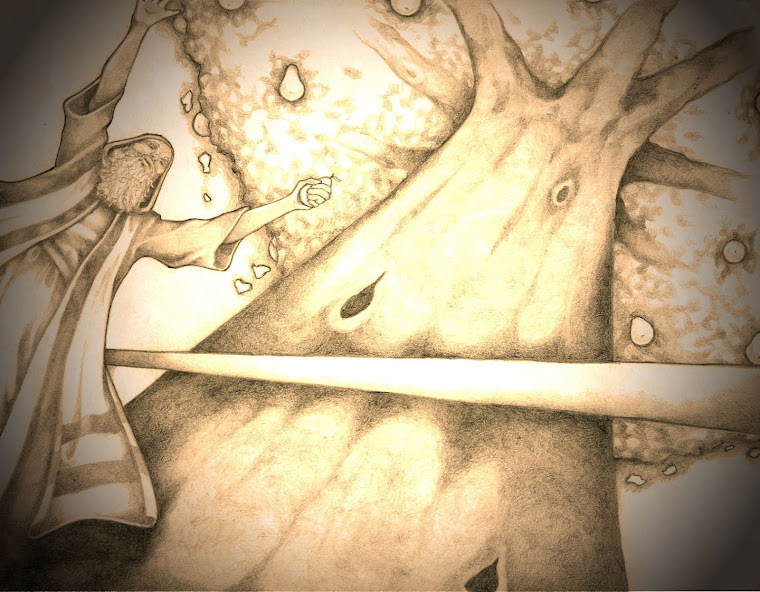| People of Ammon burying their weapons of war |
There are a handful of stories in the Book of Mormon that the average reader can read and say these just don't seem to make much sense...or these just don't sound right. Both Brant Gardner and John E. Clark authors on Book of Mormon evidences and geography have pointed out that these stories as outlandish as they may seem are the best to use as evidence for the books authenticity. The reason being that when something is so out of place that there is no way that it could possibly fit or possibly be correct or true and then evidence shows that sure enough it is correct or understandable than you have little room for disputations in regards to that evidence.
This is just the case with the "people of Ammon" who in Alma 23-25 come to an understanding of their Savior and a knowledge of their wrong doings and bury their weapons of war as a token or covenant to never shed blood of mankind again and dedicate their lives to the Lord Jesus Christ. For such a blood thirsty war mongering people to do such a 180 degree turnaround may seem unheard of. Especially to bury their weapons of war in order to covenant with their Lord that they have had this change of heart and will never take up their weapons to war again...no matter the circumstances. When this practice of burying their weapons of war is compared to the practice of "cache or caching" pottery performed by the Anasazi or their modern day counter parts the Hopi and other Pueblo tribes we can gain a better understanding into this exercise.
| Anasazi Pottery Shards (cache) |
The practice of "cache or caching" was to break or bury something upon the beginning or ending of something such as an event. This would explain the burring of the weapons of war by the Anti Nephi Lehites better known as the people of Ammon. This would explain why they couldn't just dig up their weapon of war once they were needed again. They had actually destroyed them, thus rendering them useless. This is still a common practice by the Pueblo Indians. These caches of partially buried pottery shards can still be seen at almost all Anasazi ruins including Mesa Verde, Canyonlands, Chaco Canyon, Keet Seel, Awatovi and numerous others. In the history of the Hopi or Anasazi upon leaving a village they break lots of pottery and either bury it or spread it in the direction they will be migrating. This not only showed the next group of migrating tribes the direction that the previous tribe exited the premises but also caused the need for new pottery upon arriving at the new village plot, deterring the thought of returning to the previous village. The Mayans would cache pottery and other relics in the same manner.
